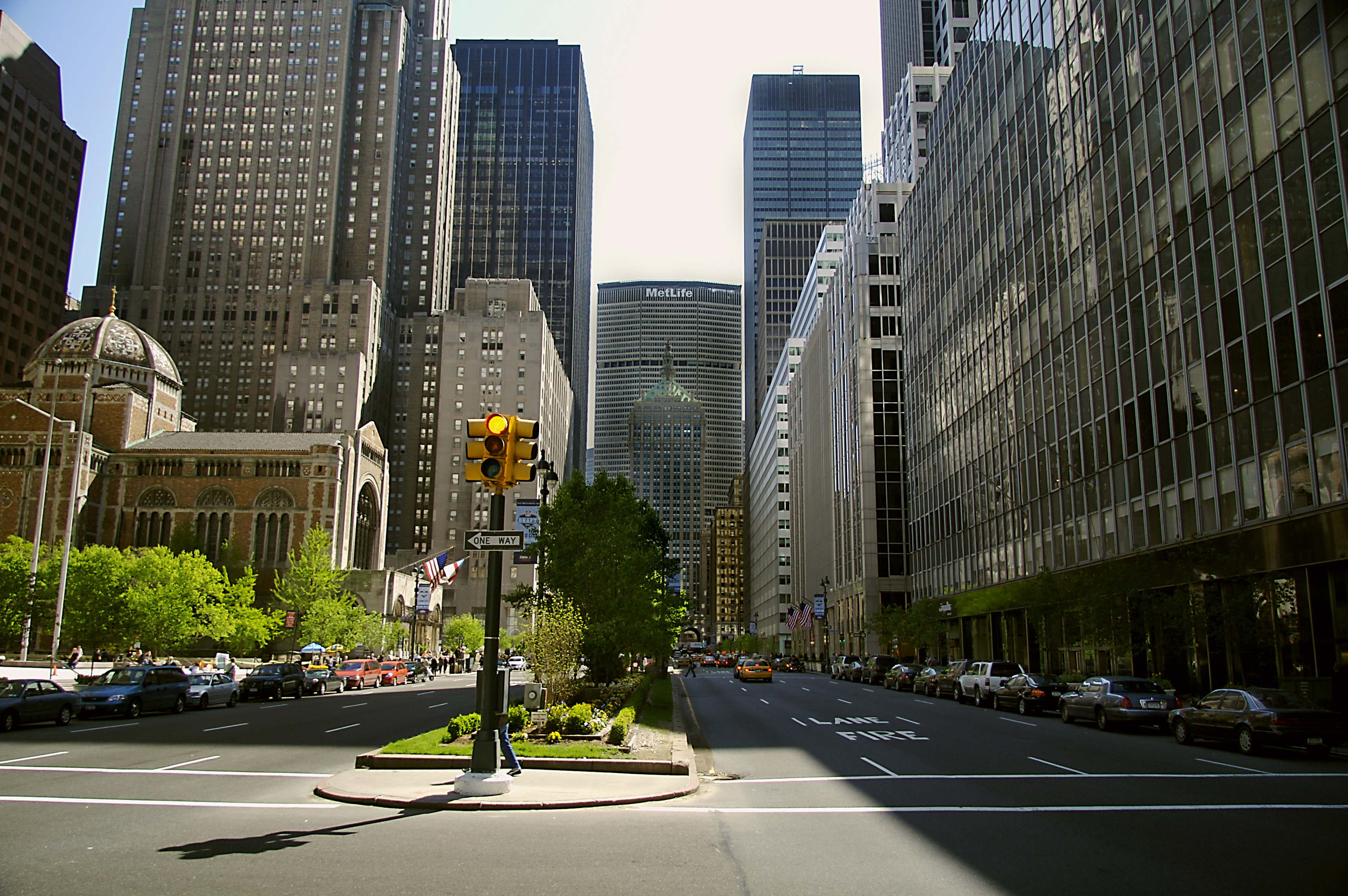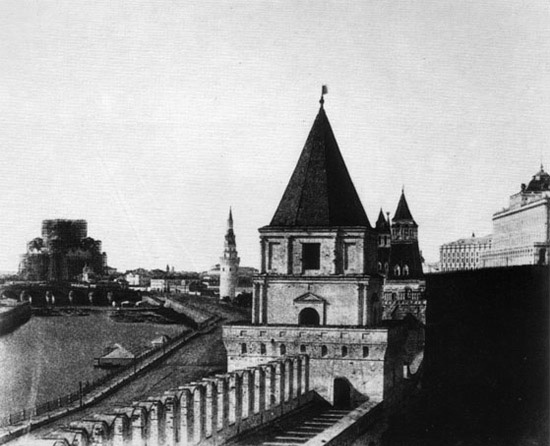|
Gogolevsky Boulevard
Gogolevsky Boulevard (russian: Гоголевский бульвар) is a boulevard near the Arbat District, Moscow, Russia, named after the writer Nikolai Gogol. It was named Prechistensky Boulevard (russian: Пречи́стенский бульвар) until 1924, after the nearby street Prechistenka. The boulevard begins next to the Cathedral of Christ the Saviour, and is the beginning of the Boulevard Ring. The boulevard runs north-east and ends at the Arbat Square, from where it continues as Nikitsky Boulevard Nikitsky Boulevard, ''Russian: Никитский бульвар'', is a boulevard in central Moscow, Russia. The boulevard is a part of the Boulevard Ring, connecting Arbat Square with Nikitskie Vorota square at the crossing with the Nikitsky .... Boulevards in Moscow Cultural heritage monuments of regional significance in Moscow {{Moscow-geo-stub ... [...More Info...] [...Related Items...] OR: [Wikipedia] [Google] [Baidu] |
Boulevard
A boulevard is a type of broad avenue planted with rows of trees, or in parts of North America, any urban highway. Boulevards were originally circumferential roads following the line of former city walls. In American usage, boulevards may be wide, multi-lane arterial thoroughfares, often divided with a central median, and perhaps with side-streets along each side designed as slow travel and parking lanes and for bicycle and pedestrian usage, often with an above-average quality of landscaping and scenery. Etymology The word ''boulevard'' is borrowed from French. In French, it originally meant the flat surface of a rampart, and later a promenade taking the place of a demolished fortification. It is a borrowing from the Dutch word ' 'bulwark'. Usage world-wide Asia Cambodia Phnom Penh has numerous boulevards scattered throughout the city. Norodom Boulevard, Monivong Boulevard, Sihanouk Boulevard, and Kampuchea Krom Boulevard are the most famous. India * Bengaluru's Maha ... [...More Info...] [...Related Items...] OR: [Wikipedia] [Google] [Baidu] |
Arbat District
Arbat District (russian: link=no, район Арбат) is a district of Central Administrative Okrug of the federal city of Moscow, Russia. Population: The district extends from central Mokhovaya Street west to Novoarbatsky Bridge over the Moskva River. Its irregular boundaries correspond roughly to Znamenka Street and Sivtsev Vrazhek Lane in the south and Povarskaya Street in the north. Main radial streets are Vozdvizhenka Street, New Arbat Street and pedestrian Arbat Street. Economy Aeroflot has its head office in the district. " Aeroflot. Retrieved on June 29, 2010. "Legal / mailing address: # 10, Arbat street, 119002 Moscow" – [...More Info...] [...Related Items...] OR: [Wikipedia] [Google] [Baidu] |
Moscow
Moscow ( , US chiefly ; rus, links=no, Москва, r=Moskva, p=mɐskˈva, a=Москва.ogg) is the capital and largest city of Russia. The city stands on the Moskva River in Central Russia, with a population estimated at 13.0 million residents within the city limits, over 17 million residents in the urban area, and over 21.5 million residents in the metropolitan area. The city covers an area of , while the urban area covers , and the metropolitan area covers over . Moscow is among the world's largest cities; being the most populous city entirely in Europe, the largest urban and metropolitan area in Europe, and the largest city by land area on the European continent. First documented in 1147, Moscow grew to become a prosperous and powerful city that served as the capital of the Grand Duchy that bears its name. When the Grand Duchy of Moscow evolved into the Tsardom of Russia, Moscow remained the political and economic center for most of the Tsardom's history. When th ... [...More Info...] [...Related Items...] OR: [Wikipedia] [Google] [Baidu] |
Russia
Russia (, , ), or the Russian Federation, is a List of transcontinental countries, transcontinental country spanning Eastern Europe and North Asia, Northern Asia. It is the List of countries and dependencies by area, largest country in the world, with its internationally recognised territory covering , and encompassing one-eighth of Earth's inhabitable landmass. Russia extends across Time in Russia, eleven time zones and shares Borders of Russia, land boundaries with fourteen countries, more than List of countries and territories by land borders, any other country but China. It is the List of countries and dependencies by population, world's ninth-most populous country and List of European countries by population, Europe's most populous country, with a population of 146 million people. The country's capital and List of cities and towns in Russia by population, largest city is Moscow, the List of European cities by population within city limits, largest city entirely within E ... [...More Info...] [...Related Items...] OR: [Wikipedia] [Google] [Baidu] |
Nikolai Gogol
Nikolai Vasilyevich Gogol; uk, link=no, Мико́ла Васи́льович Го́голь, translit=Mykola Vasyliovych Hohol; (russian: Яновский; uk, Яновський, translit=Yanovskyi) ( – ) was a Russian novelist, short story writer and playwright of Ukrainian origin. Gogol was one of the first to use the technique of the grotesque, in works such as " The Nose", " Viy", "The Overcoat", and "Nevsky Prospekt". These stories, and others such as " Diary of a Madman", have also been noted for their proto-surrealist qualities. According to Viktor Shklovsky, Gogol's strange style of writing resembles the "ostranenie" technique of defamiliarization. His early works, such as ''Evenings on a Farm Near Dikanka'', were influenced by his Ukrainian upbringing, Ukrainian culture and folklore. His later writing satirised political corruption in the Russian Empire (''The Government Inspector'', '' Dead Souls''). The novel ''Taras Bulba'' (1835), the play ''Marriage ... [...More Info...] [...Related Items...] OR: [Wikipedia] [Google] [Baidu] |
Cathedral Of Christ The Saviour (Moscow)
The Cathedral of Christ the Saviour ( rus, Храм Христа́ Спаси́теля, r=Khram Khristá Spasítelya, p=xram xrʲɪˈsta spɐˈsʲitʲɪlʲə) is a Russian Orthodox cathedral in Moscow, Russia, on the northern bank of the Moskva River, a few hundred metres southwest of the Kremlin. With an overall height of , it is the third tallest Orthodox Christian church building in the world, after the People's Salvation Cathedral in Bucharest, Romania and Saints Peter and Paul Cathedral in Saint Petersburg, Russia. The current church is the second to stand on this site. The original church, built during the 19th century, took more than 40 years to build, and was the scene of the 1882 world premiere of the ''1812 Overture'' composed by Tchaikovsky. It was destroyed in 1931 on the order of the Soviet Politburo. The demolition was supposed to make way for a colossal Palace of the Soviets to house the country's legislature, the Supreme Soviet of the USSR. Construction starte ... [...More Info...] [...Related Items...] OR: [Wikipedia] [Google] [Baidu] |
Boulevard Ring
The Boulevard Ring (russian: Бульва́рное кольцо́; transliteration: ''Bulvarnoye Koltso'') is Moscow's second innermost ring road (the first is formed by the Central Squares of Moscow running along the former walls of Kitai-gorod). Boulevards form a semicircular chain along the western, northern and eastern sides of the historical White City of Moscow; in the south the incomplete ring is terminated by the embankments of Moskva River. The first of the boulevards, Tverskoy Boulevard, emerged in 1796, but the ring was completely developed in 1820s, after the disastrous 1812 fire. The Ring replaced the medieval walls of the White City in the 1820s. The wall itself was razed in 1760, and despite the royal decrees to keep the site clear, the area was soon built over with private and state property. The Fire of Moscow destroyed many of those buildings, allowing the city planners to replace them with wide green boulevards. In the 20th century, the width of the Boulev ... [...More Info...] [...Related Items...] OR: [Wikipedia] [Google] [Baidu] |
Arbat Square
Arbatskaya Square or Arbat Square () is one of the oldest squares of Moscow, located on the junction of Gogolevsky Boulevard, Znamenka Street and Arbat Gates Square (in 1925–1993 – part of Arbatskaya Square). The square is home to the Arbatskaya metro station, on Filyovskaya Line. Present-day square is dominated by the wide avenue of New Arbat, however, prior to redevelopment of the 1960s, the square was located south from this avenue, on the line of Arbat Street and the vestibule of Arbatskaya subway station. Arbat Gates of Bely Gorod were located here; the wall of Bely Gorod was demolished in the 1750s-1770s, the tower in 1792, creating the original Arbat Gates Square. There was no straight connection between Vozdvizhenka and Arbat: westbound coaches had to make a sharp turn south into Nikitsky Boulevard, past a corner block on this boulevard, then make a turn west into either Arbat, Povarskaya Street, Bolshaya Molchanovka, Malaya Molchanovka or Merzlyakovsky Lane. All t ... [...More Info...] [...Related Items...] OR: [Wikipedia] [Google] [Baidu] |
Nikitsky Boulevard
Nikitsky Boulevard, ''Russian: Никитский бульвар'', is a boulevard in central Moscow, Russia. The boulevard is a part of the Boulevard Ring, connecting Arbat Square with Nikitskie Vorota square at the crossing with the Nikitsky Street. The actual green boulevard extends for only two thirds of the street; its southern part was razed in the 1960s to make way for a tunnel under the Arbat Square. In 1950 the street was renamed Suvorovskiy Boulevard, ''Russian: Суворовский Бульвар'' in honour of generalissimus Alexander Suvorov. The old street name was reinstated in 1994. The street is home to a monument of writer Nikolai Gogol, placed deep in the courtyard of an 18th-century Talyzin mansion where the author spent his last few years 1848-1852 and where he burned the manuscript of the second volume of the Dead Souls in a fit 'sent by the devil.' This monument by sculptor Nikolay Andreyev depicted Gogol in a state of depression and originally (from ... [...More Info...] [...Related Items...] OR: [Wikipedia] [Google] [Baidu] |


.png)
.jpg)

